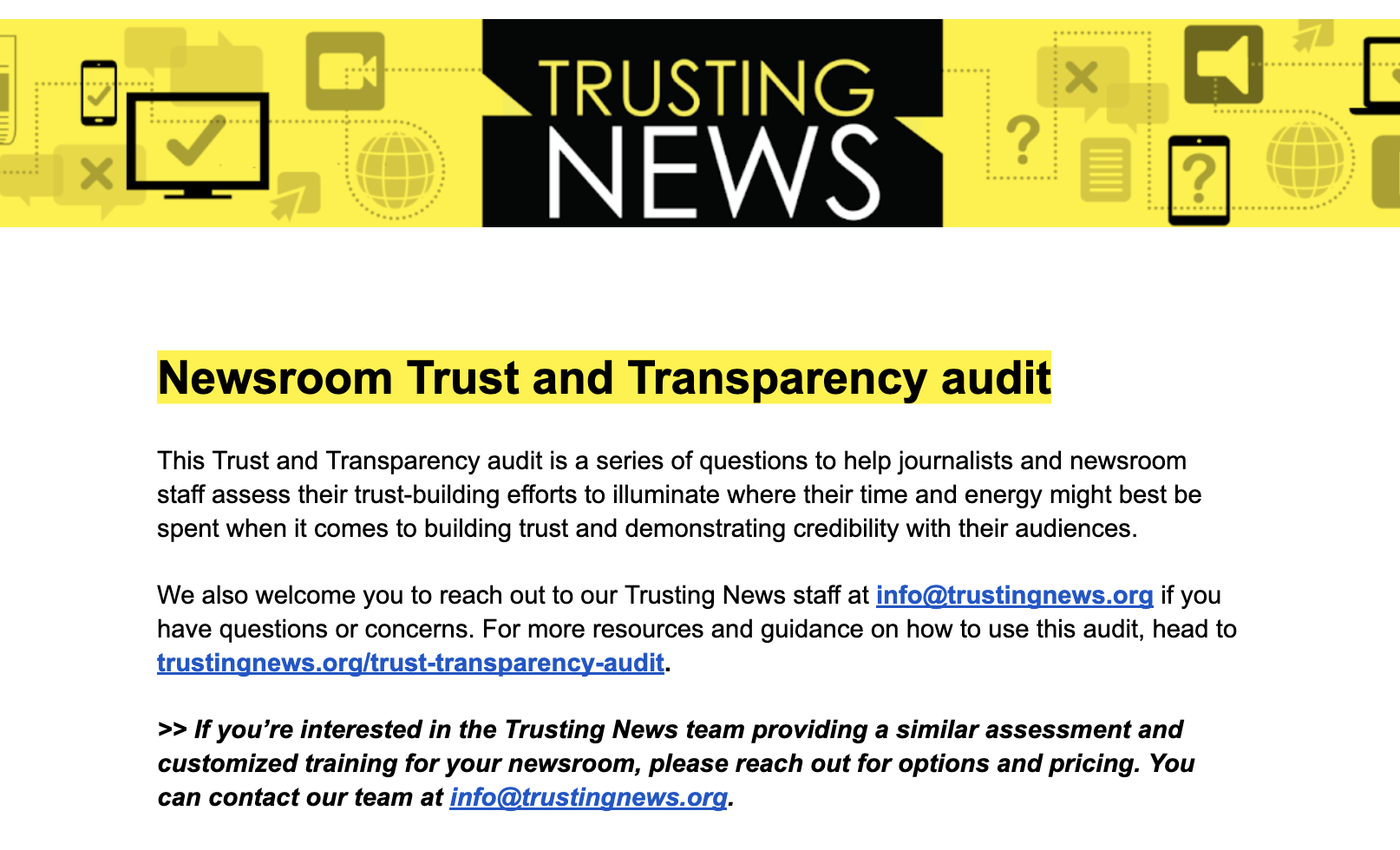
Suddenly, it seems, we're getting hit from all directions.
Energy and food prices are soaring. The housing market continues to collapse. Government revenue is falling, and taxes are rising. Airlines are jacking up fares and fees while reducing service. Banks are pulling credit lines. Auto companies are cutting production once again. Even investment bankers are losing their jobs.
{xtypo_quote_left} This is another example of an unsustainable equilibrium that has roots in the trade deficit and the credit bubble. Despite the happy talk you might be hearing from the presidential candidates, it presents Americans with a stark and unpleasant choice. {/xtypo_quote_left}
The tendency is to see these as separate developments, each with its own causes and dynamic. Fundamentally, however, they are all part of the same story -- the story of the global economy purging itself of large and unsustainable imbalances that for a time allowed many Americans to think they were richer than they really were.
Most of us understand that an overabundance of cheap, easy credit created a housing bubble that artificially inflated the price of land and housing, produced too many homes and homeowners, and persuaded too many Americans to dip into their home equity to support a lifestyle their income could not sustain. Now that the bubble has burst, we are coming to accept the reality of lower prices, reduced production, declining homeownership rates and the wisdom that a house is not an ATM or a substitute for a retirement fund.
Put another way, residential real estate is finding a new equilibrium, that magical place in the economist's imagination where supply and demand of houses and mortgages come back into some sort of rough balance at a lower price.
But the thing to remember is that it's not just residential real estate. The same factors that were behind the housing bubble were also at work, to varying degrees, in the auto bubble, the commercial real estate bubble, the travel bubble, the college tuition bubble, the retail bubble, the Web 2.0 bubble and most recently the commodities bubble. Unlike housing, which began losing steam two years ago, these other sectors have just begun the painful process of repricing and finding a new balance between supply and demand.
Read More: The Washington Post











